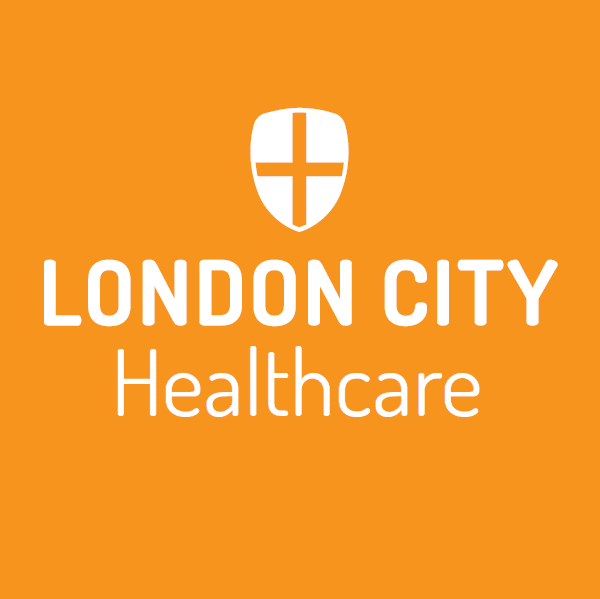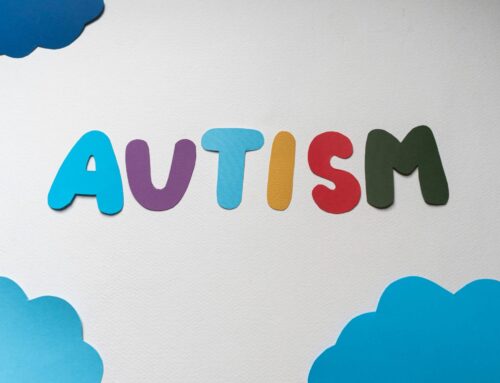As an HR Manager in the UK, one of your key responsibilities is to ensure the occupational health and safety of your organisation’s employees. This involves not only complying with legal requirements but also actively promoting a culture of well-being and risk management in the workplace. By understanding and fulfilling your responsibilities in this area, you can help create a safer, healthier, and more productive work environment for your team. This article will explore the various aspects of HR’s responsibility for occupational health and safety.
Legal Compliance
Health and Safety at Work etc. Act 1974
The Health and Safety at Work etc. Act 1974 is the primary legislation governing occupational health and safety in the UK. Under this act, employers have a legal duty to ensure, so far as is reasonably practicable, the health, safety, and welfare of their employees. As an HR Manager, you play a crucial role in ensuring that your organisation meets these legal obligations by:
- Developing and implementing health and safety policies and procedures
- Conducting risk assessments and implementing control measures
- Providing necessary training, information, and supervision to employees
- Investigating and reporting accidents, incidents, and near-misses
- Liaising with regulatory bodies, such as the Health and Safety Executive (HSE)
Management of Health and Safety at Work Regulations 1999
The Management of Health and Safety at Work Regulations 1999 provide further guidance on employers’ responsibilities, including the requirement to:
- Assess risks to employees and others affected by their work activities
- Implement appropriate control measures to minimise risks
- Appoint competent persons to assist with health and safety management
- Provide employees with relevant information, instruction, and training
- Regularly review and update risk assessments and control measures
As an HR Manager, you should ensure that your organisation complies with these regulations and maintains appropriate records to demonstrate compliance.
Policy Development and Implementation
Creating a Health and Safety Policy
One of HR’s key responsibilities is to develop and implement a comprehensive health and safety policy for the organisation. This policy should:
- State the organisation’s commitment to health and safety
- Outline the responsibilities of employers, managers, and employees
- Identify the key health and safety risks and control measures
- Provide guidance on reporting accidents, incidents, and near-misses
- Be regularly reviewed and updated to reflect changes in legislation or workplace practices
The policy should be communicated to all employees and made easily accessible, with training provided to ensure understanding and compliance.
Implementing Safe Systems of Work
HR should work closely with managers and health and safety professionals to implement safe systems of work. This involves:
- Identifying and assessing risks associated with specific work activities
- Developing and documenting safe working procedures
- Providing necessary equipment, tools, and personal protective equipment (PPE)
- Training employees on safe work practices and the use of equipment
- Monitoring and enforcing compliance with safe systems of work
By implementing and maintaining safe systems of work, HR can help minimise the risk of accidents, injuries, and work-related ill health.
Training and Communication
Providing Health and Safety Training
HR is responsible for ensuring that all employees receive appropriate health and safety training. This includes:
- Induction training for new employees
- Job-specific training on safe work practices and equipment use
- Regular refresher training to maintain awareness and competence
- Specialised training for high-risk tasks or environments
- Training for managers and supervisors on their health and safety responsibilities
Training should be tailored to the specific needs of the organisation and the roles of individual employees, with records kept to demonstrate compliance.
Communicating Health and Safety Information
HR plays a vital role in communicating health and safety information to employees. This involves:
- Ensuring that health and safety policies, procedures, and guidance are easily accessible
- Providing regular updates on health and safety matters, such as changes to legislation or workplace practices
- Encouraging employee participation and feedback on health and safety issues
- Promoting a positive health and safety culture through campaigns, events, and initiatives
- Liaising with employee representatives, such as trade unions or health and safety committees
Effective communication helps ensure that employees are aware of their responsibilities and can actively contribute to maintaining a safe and healthy workplace.
Occupational Health Management
Managing Occupational Health Risks
HR has a responsibility to manage occupational health risks and support the well-being of employees. This may involve:
- Conducting health surveillance and screenings for employees exposed to specific health risks
- Providing access to occupational health services, such as counselling or physiotherapy
- Implementing wellness programmes and initiatives to promote healthy lifestyles
- Supporting employees with disabilities or health conditions through reasonable adjustments
- Managing sickness absence and return-to-work processes
By proactively managing occupational health risks, HR can help prevent work-related ill health and support employees in maintaining their physical and mental well-being.
Partnering with Occupational Health Providers
To effectively manage occupational health, HR may partner with external occupational health providers, such as London City Healthcare. These providers offer specialised services, including:
- Occupational health assessments
- Fit for work assessments
- Health questionnaires
- Advice and support on managing occupational health risks
By working with occupational health professionals, HR can access expert guidance and support in managing the health and well-being of their workforce.
Conclusion
HR plays a critical role in ensuring the occupational health and safety of employees in the UK. By understanding and fulfilling their responsibilities in areas such as legal compliance, policy development, training and communication, and occupational health management, HR Managers can help create a safer, healthier, and more productive work environment.
Partnering with occupational health providers, such as London City Healthcare, can provide valuable support and expertise in managing occupational health risks. If you would like to learn more about how London City Healthcare can assist your organisation, please contact them directly by calling 0207 236 3334 or by using the contact page and submitting the form.
Remember, investing in the health and safety of your employees is not only a legal and moral imperative but also a key driver of organisational success. By prioritising occupational health and safety, you can foster a culture of well-being, engagement, and excellence in your workplace.




